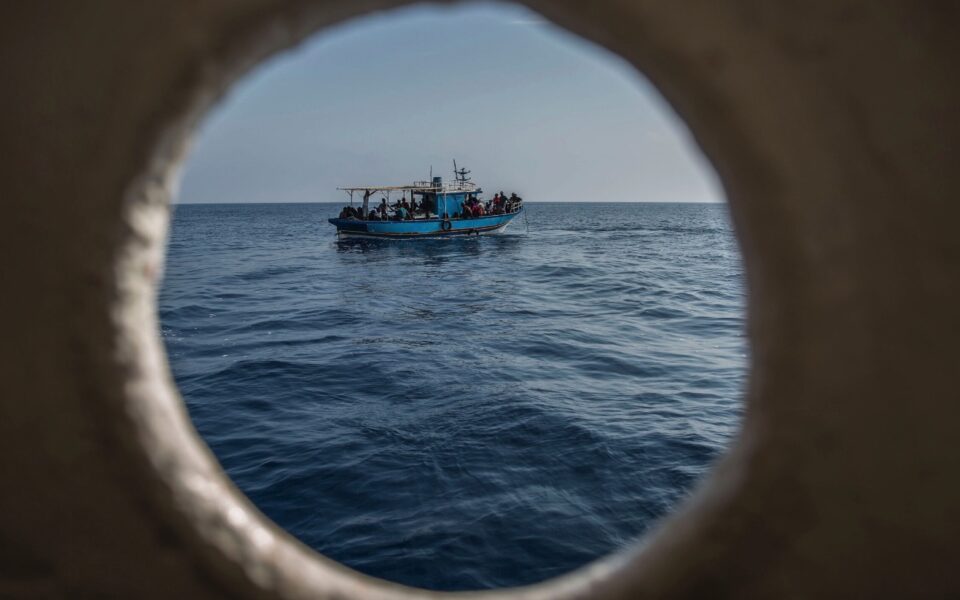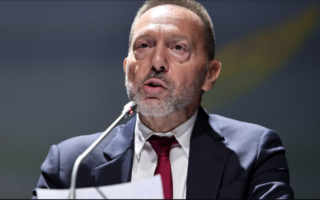The deal rerouting migrant boats from Libya to Greece

Last September, just 30 asylum seekers made the 190-nautical-mile journey from Tobruk in Libya to the Greek island of Gavdos and Crete’s southern coast just above it; that number swelled to 397 in December and has passed 1,100 in the first couple of months of 2024. The spike in migrant arrivals from the war-torn North African country is posing a fresh challenge for the Greek authorities.
One explanation for the phenomenon is that migrant smugglers are trying out new routes after patrols on the Greek-Turkish sea border were strengthened at the start of the year following an agreement between Athens and Ankara. The numbers, however, do not support this argument, as official figures show that the eastern Aegean islands have received some 8,000 asylum seekers since the start of the year, as opposed to some 3,000 in the same period of 2023, representing an increase of 166% and proof that the Eastern Mediterranean route is anything but closed.
Another explanation for the spike in landings on Gavdos and Crete may lie in a series of contacts these past few months between the Italian government and Khalifa Haftar, the commander of the Tobruk-based Libyan National Army (LNA), which controls eastern Libya and the port, the main launch spot of the migrant boats reaching the southern Aegean.
It is common knowledge that Italian Prime Minister Giorgia Meloni and Foreign Minister Antonio Tajani met with Haftar in Rome last year to discuss migrant flows from the north African country to Italy, as the number of arrivals swelled between January and May 2023 to an estimated 16,600.
The talks in Rome appear to have yielded results, as, soon after, a force of new speedboats operated by the so-called Tariq Ben Zeyad Brigade, a paramilitary organization led by Haftar’s son, Saddam, started chasing after migrant boats sailing from Libya to Italy. According to reports, the boats were towed back to Libya and their passengers often incarcerated and tortured. One such pursuit has been captured on camera by a nongovernmental organization and by the EU border security force Frontex, while there have been several well-documented cases of pullbacks (the violent return of would-be asylum seekers to their point of departure) within the search and rescue region of Malta, and possibly of Greece too. In an announcement on Wednesday, Frontex reported a 70% reduction in irregular crossings along the Central Mediterranean route (Libya to Italy) and a 117% increase in flows in the Eastern Mediterranean.
What’s more, a number of media investigations (Lighthouse Reports, Der Spiegel, El Pais, Reporters United) have revealed that one of the most powerful migrant smugglers in Tobruk is acting under Haftar’s orders. His gang has actually been named as being behind the shipwreck off the coast of Pylos in the southern Peloponnese last June that sent more than 600 migrants and refugees to their death.
International media organizations spoke to several survivors of the Pylos shipwreck and many named the key smugglers involved in organizing the trip. Some were eastern Libyan nationals with ties to Haftar. Survivors, insiders and analysts explained that the trip was organized with wide-ranging support from powerful people reporting to Haftar.
The majority of the migrants rescued off the coasts of Gavdos and Crete are taken to makeshift reception centers before being transported to the camp in Malakassa, north of Athens. According to the coast guard, most of them are Egyptian, Pakistani, Palestinian, Afghan, Iranian and Iraqi.





